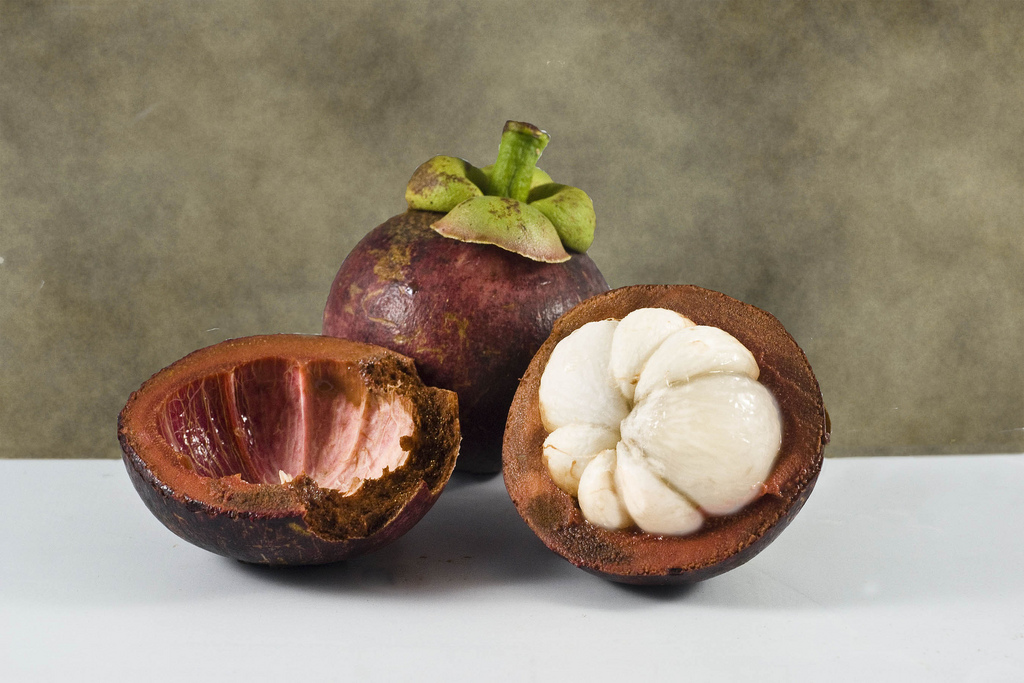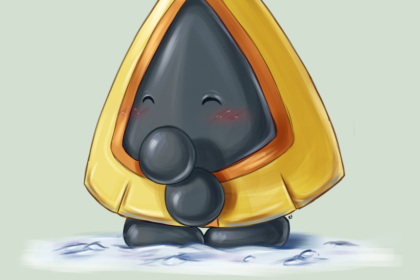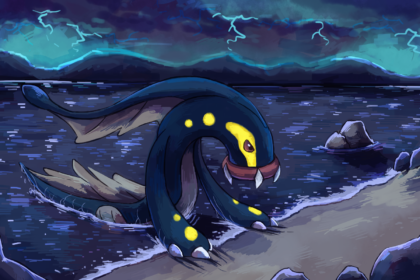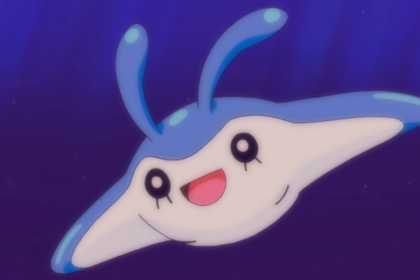Mangosteen, also known as purple mangosteen, is a tropical evergreen tree believed to have originated in the Sunda Islands of the Malay archipelago and the Moluccas of Indonesia. Take a look below for 27 more fun and interesting facts about mangosteen.
1. Mangosteen grows mainly in Southeast Asia, southwest India and other tropical areas such as Puerto Rico and Florida, where the trees have been introduced.
2. The fruit of the mangosteen is sweet and tangy, juice, somewhat fibrous, with fluid filled vesicles, with an inedible, deep reddish-purple colored rind when ripe.
3. Highly valued for its juicy, delicate texture and slightly sweet and sour flavor, mangosteen has been cultivated in Malaysia, Borneo, Sumatra, Mainland Southeast Asia, and the Philippines since ancient times.
4. The 15th century Chinese record Yingya Shenglan described mangosteen as “mang-chi-shih”, which comes from the Malay language “manggis.”
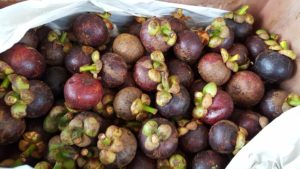
5. A description of mangosteen was included in the Species Plantarum by Linnaeus in 1753.
6. The mangosteen was introduced into English greenhouses in 1855.
7. There was a legend about Queen Victoria offering a reward of 100 pounds sterling to anyone that could deliver her a fresh mangosteen.
8. Since 2006, private small volume orders for mangosteen grown in Puerto Rico were sold to American specialty food stores and gourmet restaurants who serve the flesh segments as a delicacy dessert.
9. Mangosteen produces best quality fruit in areas with temperature between 25 and 35 degrees Celsius, on fertile, well-drained soil.
10. Mangosteen is an evergreen tree with a dense, roundish crown. It can reach 20 to 82 feet in height.
11. It develops thick, elliptical, dark green leaves that are oppositely arranged on the branches.
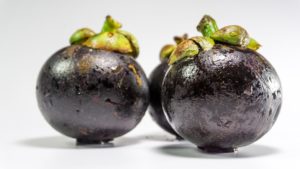
12. Mangosteen produced pinkish white flowers that grow solitary or arranged in pairs. Male and female flowers develop on separate trees, making it a dioecious plant.
13. Mangosteen is an apomictic plant, which means that female trees produce fruit without pollination.
14. Mangosteen produced dark-purple or red-purple fruit with soft, thick rind on the surface. The flesh consists of 4 to 8 juicy, triangular segments that are white-colored. Each segment contains 1 to 4 seeds.
15. Mangosteen trees start to bear fruit 7 to 10 years after planting. It produces fruit two times per year. Depending on the age of the tree, it can produce anywhere from 200 to 3,000 fruit per season, with older trees producing more.
16. The fruit is a rich source of dietary fibers, vitamins C, B1, B3 and B9 and minerals such as copper, manganese and magnesium.
17. Mangosteen is very fragrant and it has a slightly acidic taste that resembles a mix between an orange and a peach. It can be eaten alone or in combination with coconut, peach, papaya, grapes, watermelon and passionfruit.
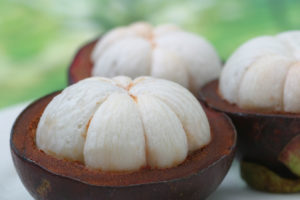
18. The fruit is used for the preparation of ice creams, sorbets, musses, yogurts, smoothies,cocktails and salad dressings.
19. Durian and mangosteen are usually placed next to each other in the supermarkets, because durian produces a strong heating effect that mangosteen easily neutralizes.
20. Mangosteen rind is used for leather tanning in China.
21. Mangosteen rind contains yellow latex which leaves black stains on clothes and hands.
22. Mangosteen is often labeled as a “superfruit” due to the high content of antioxidants that it has and because of its high nutritional value.
23. Mangosteen is the national fruit of Thailand.
24. Various parts of mangosteen have a history of use in traditional medicine, mostly in Southeast Asia. It may have been used to treat skin infections, wounds, dysentery, urinary tract infections and gastrointestinal complaints.
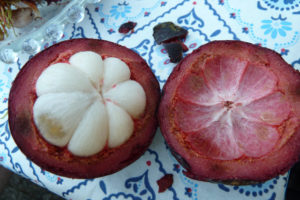
25. Dried mangosteen is shipped to Singapore to be processed for medical uses which many include dysentery, skin disorders and various other minor diseases in several countries across Asia.
26. Mangosteen twigs have been used as chew sticks in Ghana, and the wood has been used to make spears and cabinetry in Thailand.
27. Mangosteen remains rare in Western markets, though its popularity is rising and is often sold at a high price.

